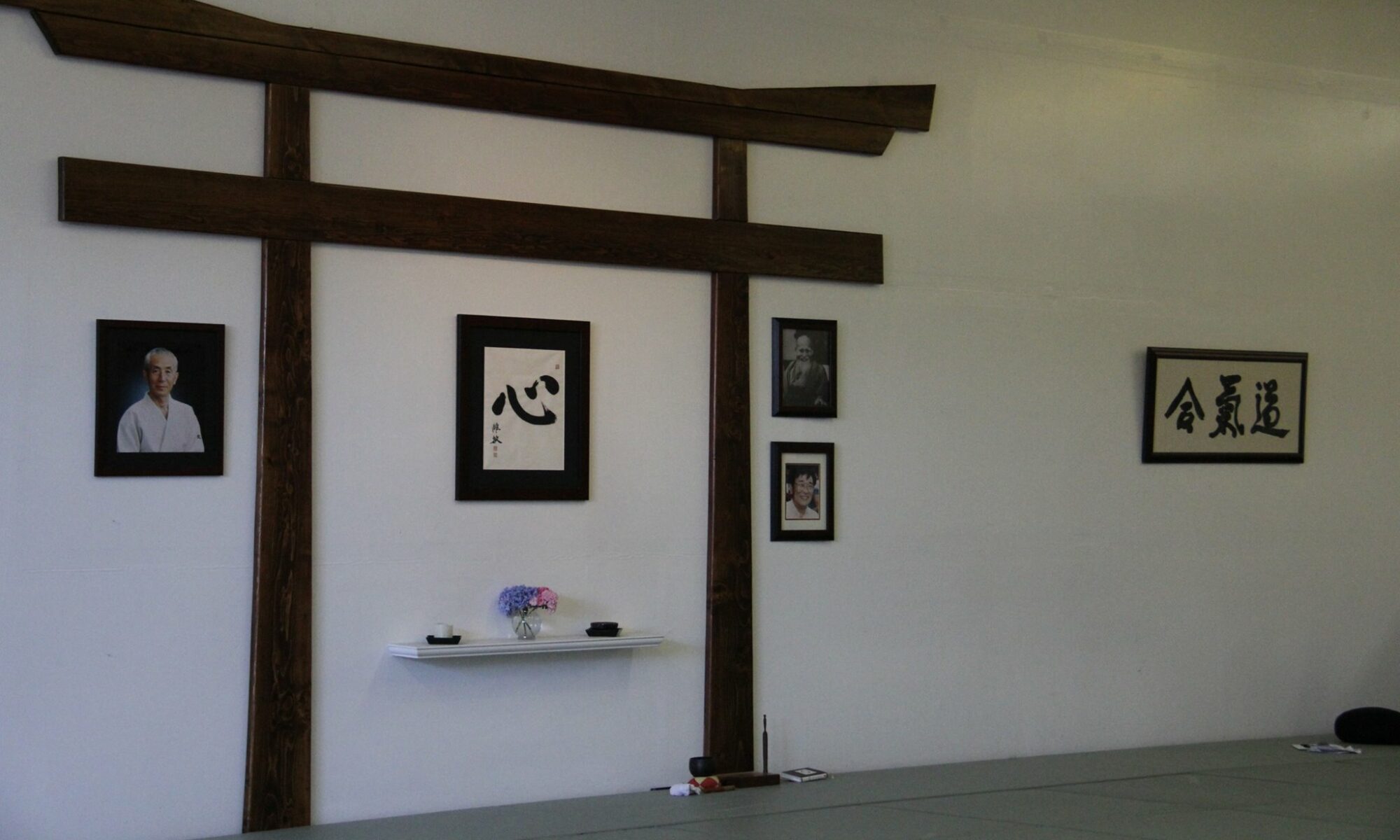We come to our dojo to train so that we’re better able to apply the principles of aikido in our daily lives.
2018 has arrived!
For many, the New Year is a celebration of what we’ve accomplished, what we’ve learned, what we’ve endured, and what we’ve experienced. For others this is the time for setting new goals, looking to new opportunities, and an look to the coming year with hope. In the practice of Aikido, we certainly reflect and learn, we also open our hearts to new opportunities, and we set our minds and hara’s on positive thoughts and deeds. We also practice our art in our lives and work to maintain our centers and our presence. And, from that strength we enter with our full intention and commitment. The martial aspects of our practice help us to appreciate the value of action and appreciate the grit that we develop from repeatedly pushing beyond our comfort zone. The discipline of Aikido also helps us learn to “take up the slack” and apply a gentle and harmonious energy as we move along our journey.
So, let’s all work to use our training to “enter” into 2018 with presence and intention!


